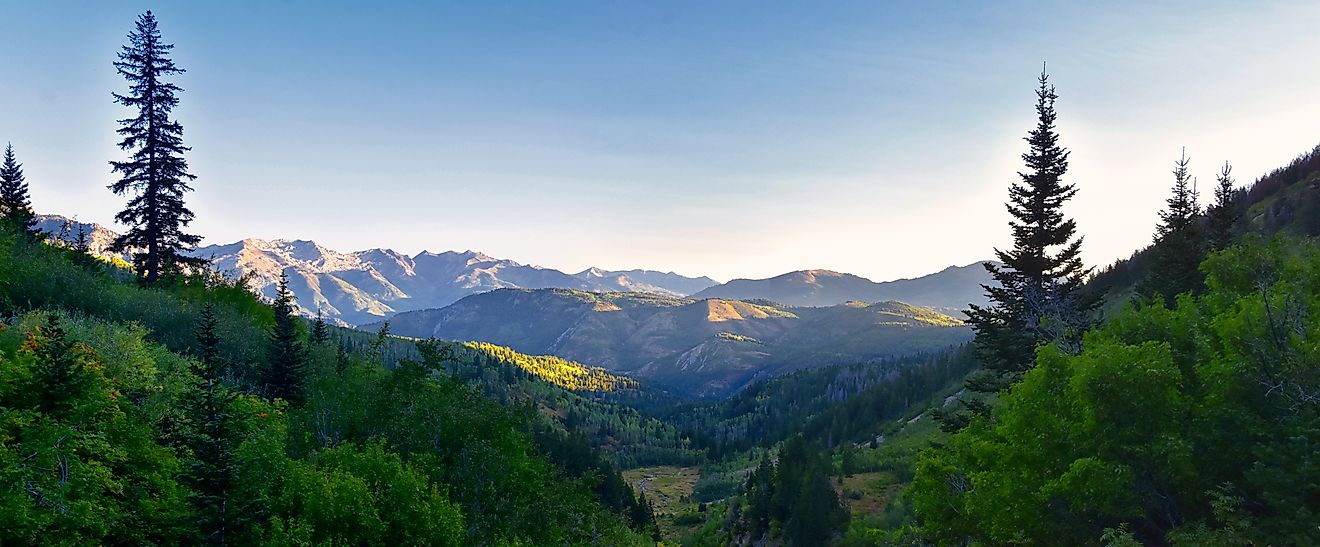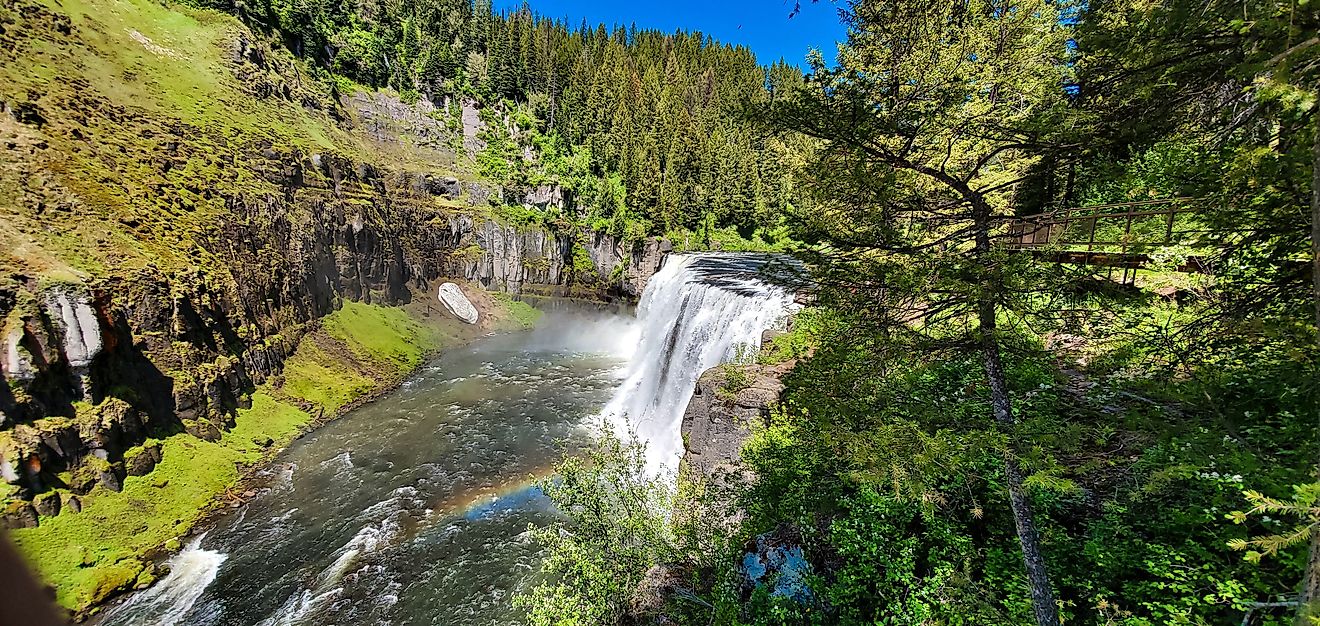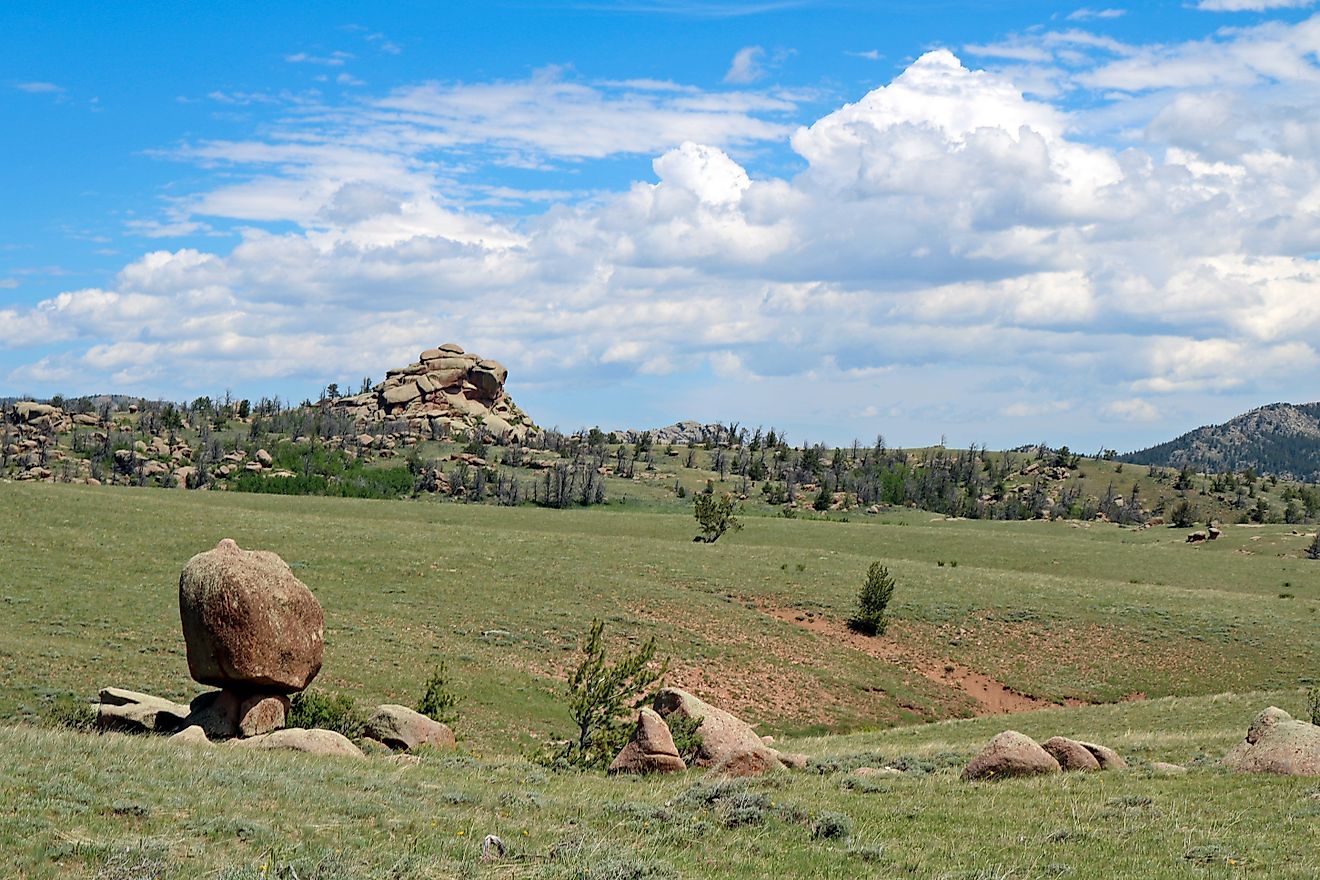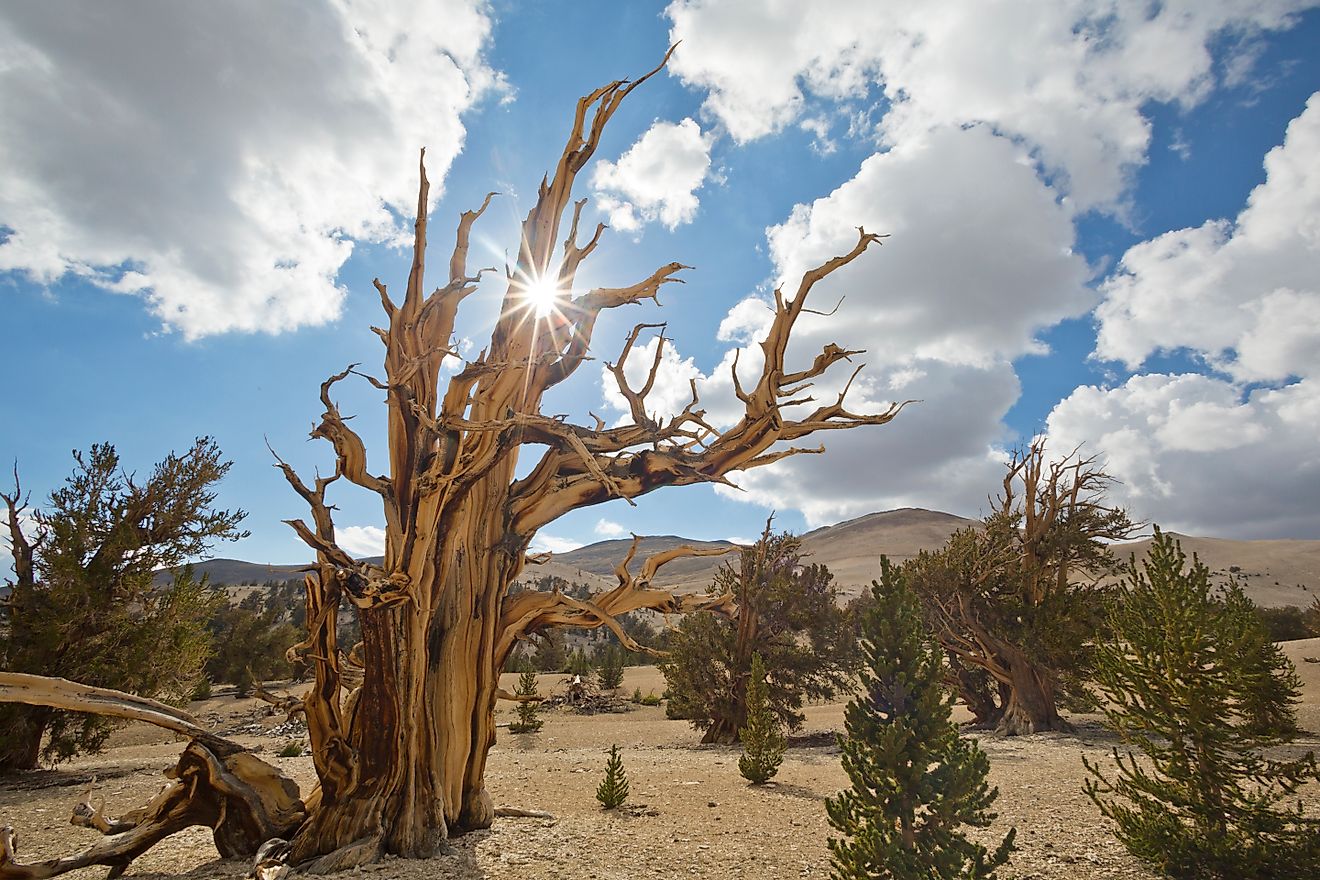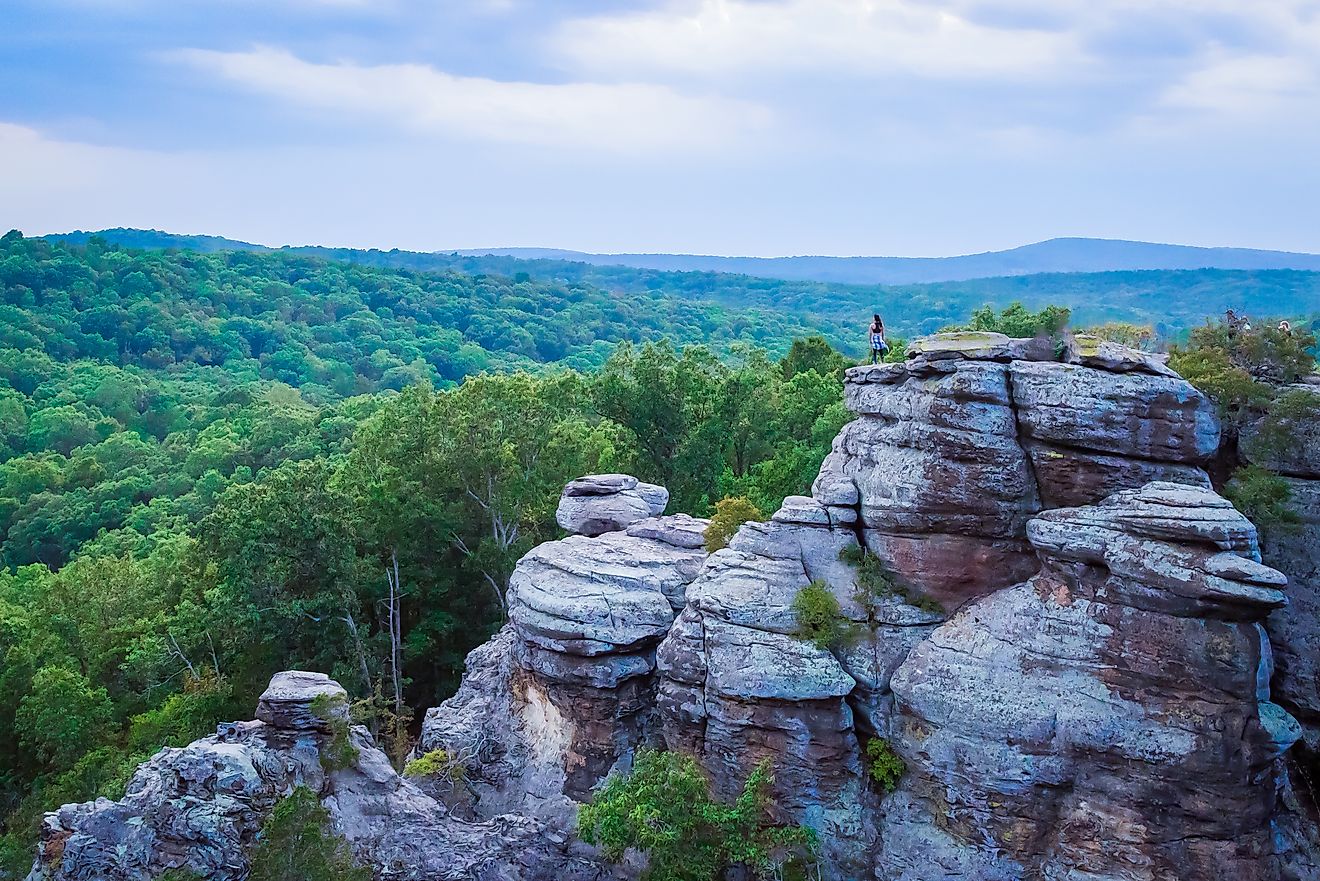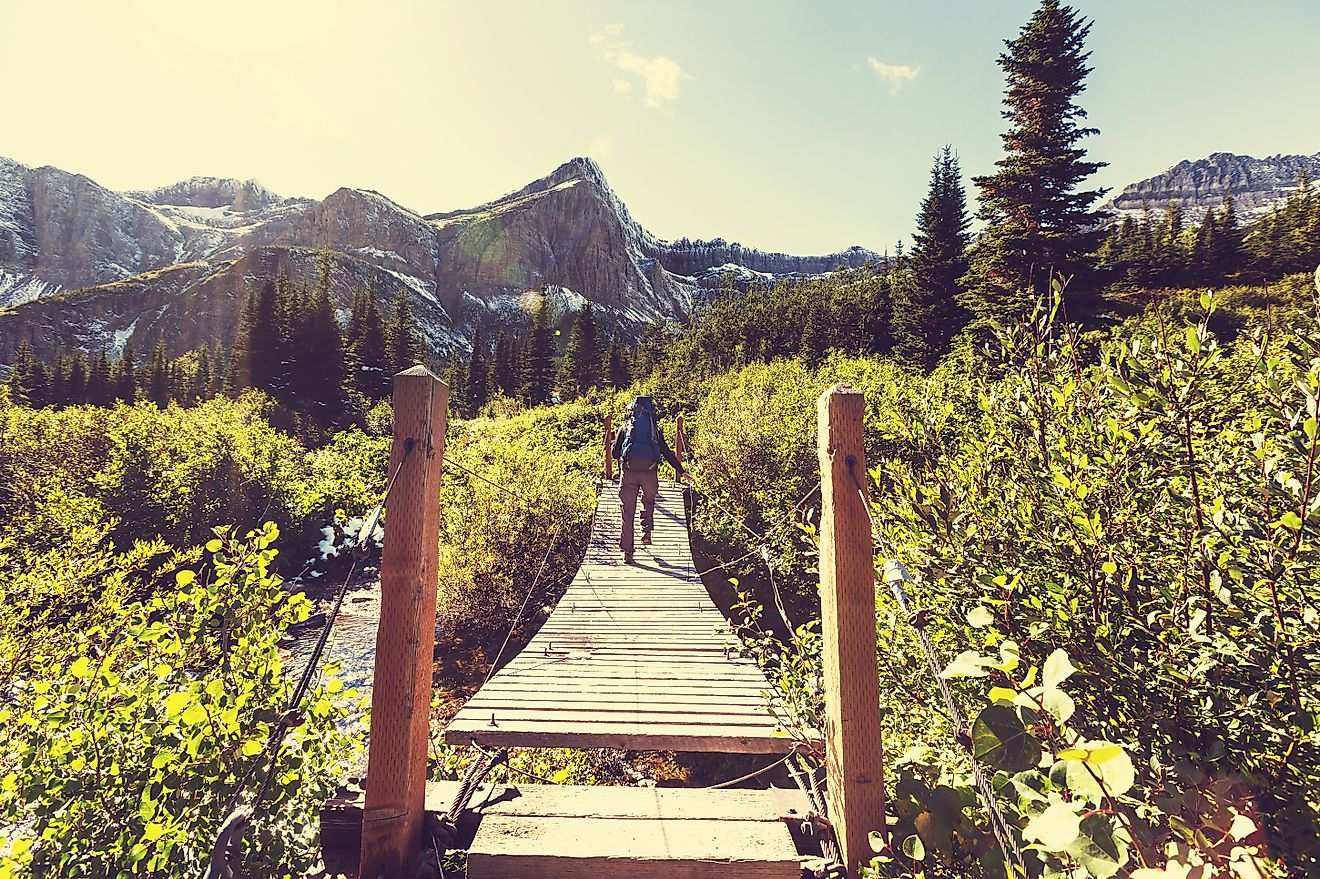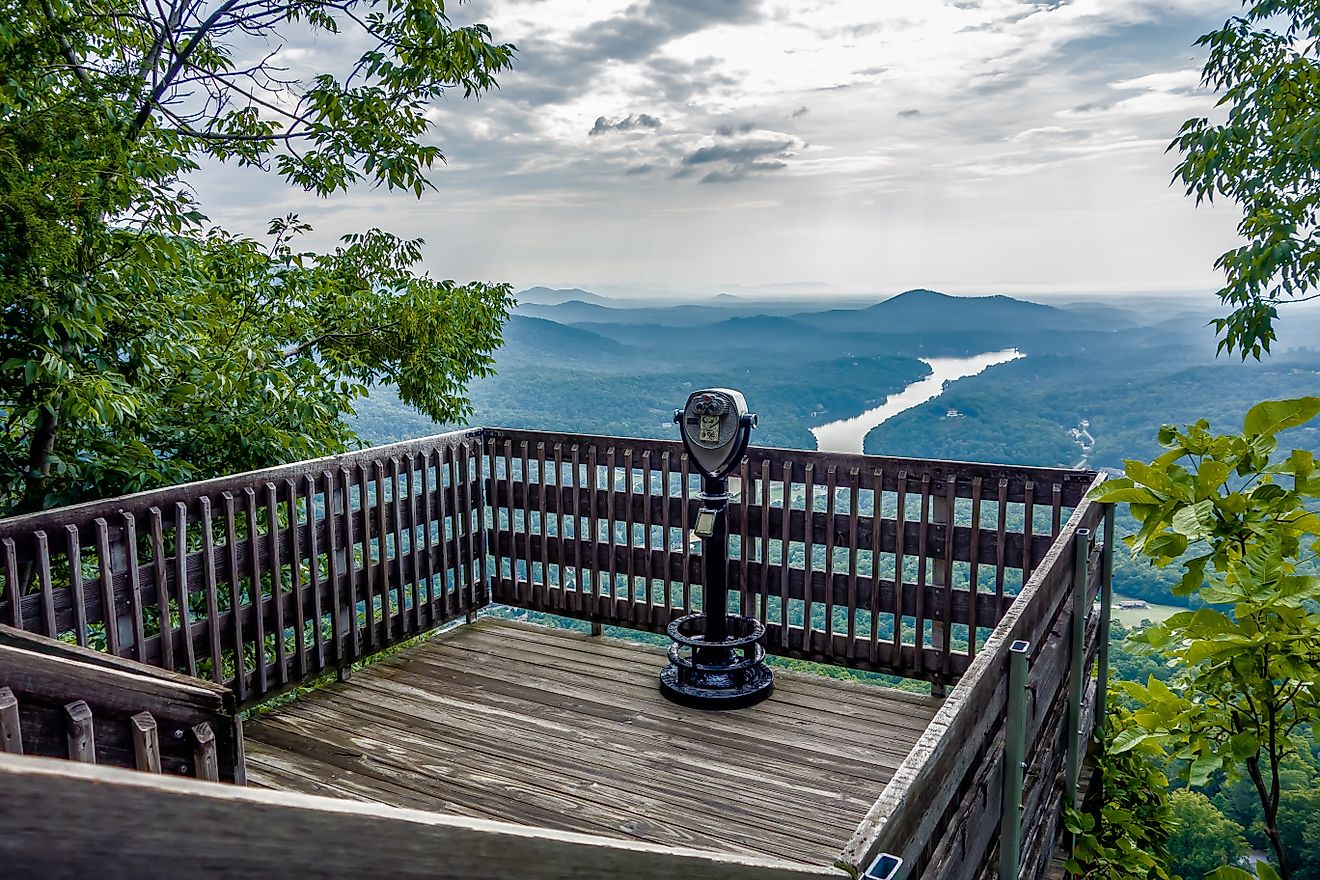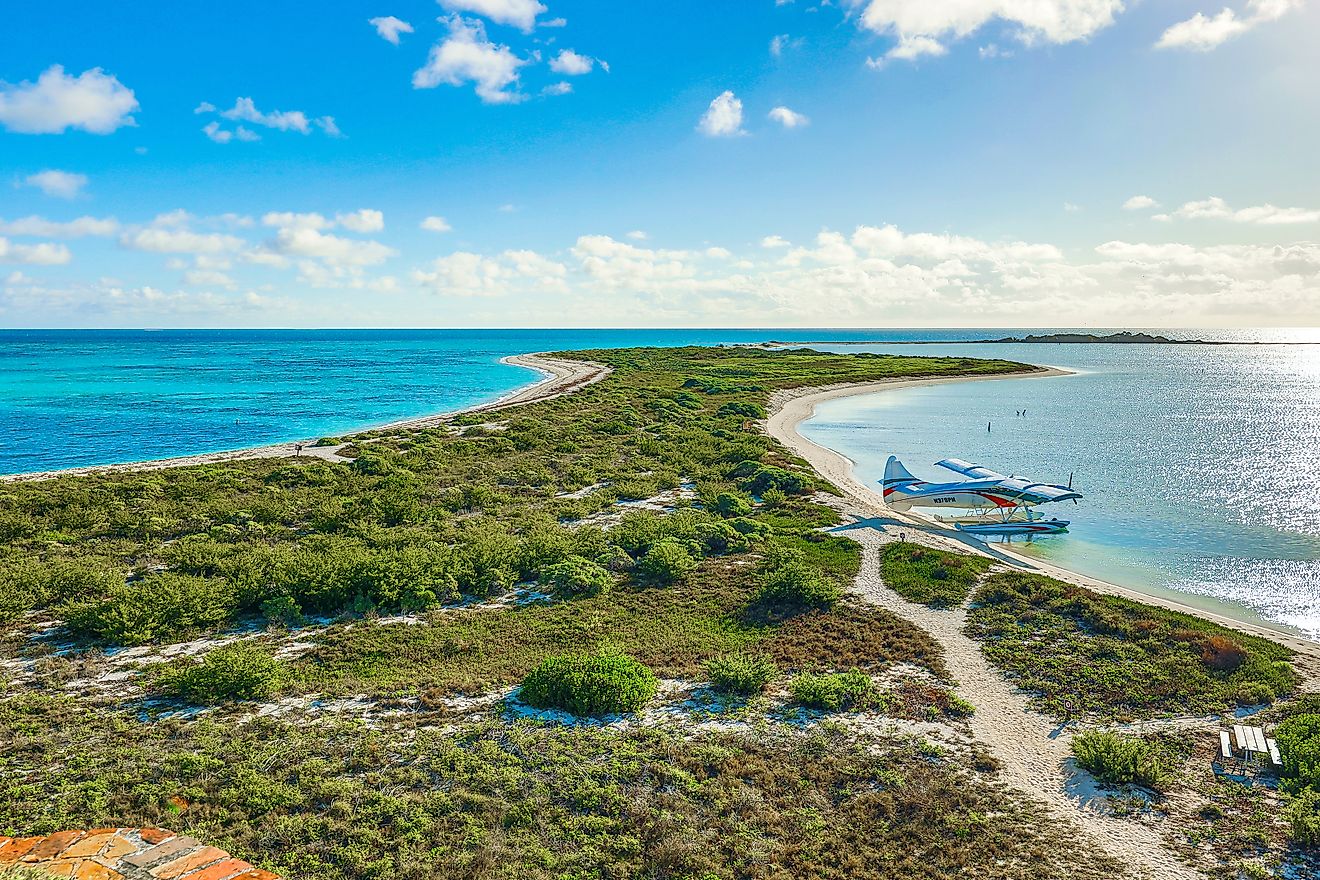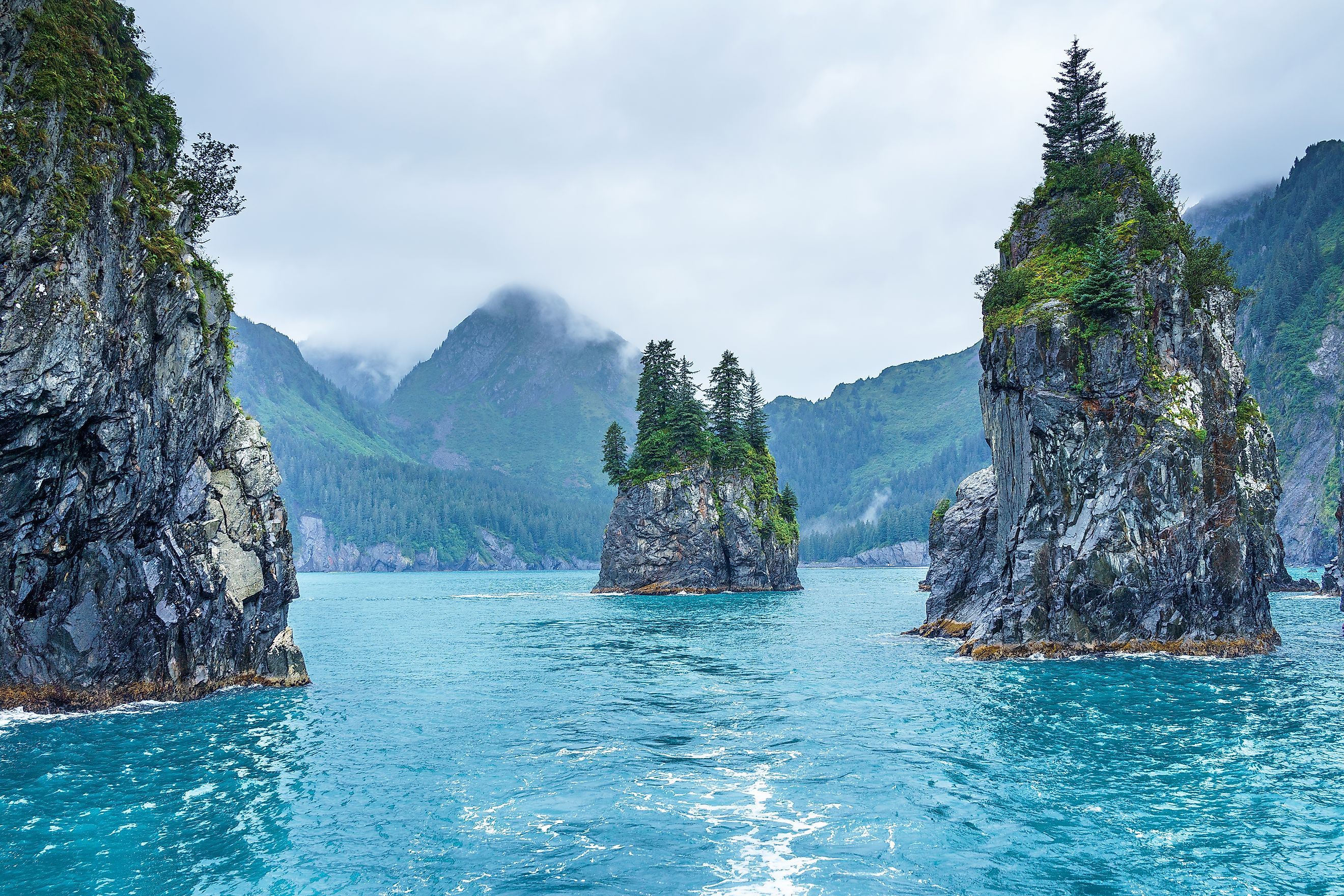
Kenai Fjords National Park
Kenai Fjords National Park is where ice, sea, and rugged mountains converge to form one of Alaska’s most extraordinary landscapes. Located on the southern edge of the Kenai Peninsula, this 669,984-acre park preserves the vast Harding Icefield, dramatic tidewater fjords, calving glaciers, and a coastline teeming with wildlife. It is a living laboratory of geologic transformation, where massive glaciers slowly retreat to reveal new land and evolving ecosystems.
Despite its remote feel, Kenai Fjords is surprisingly accessible. It’s one of the few national parks in Alaska that visitors can partially reach by road, offering an unforgettable introduction to the state’s coastal wilderness. From close encounters with Exit Glacier to boat excursions through Resurrection Bay, the park offers a front-row seat to the enduring power and beauty of nature.
A Park Carved by Ice
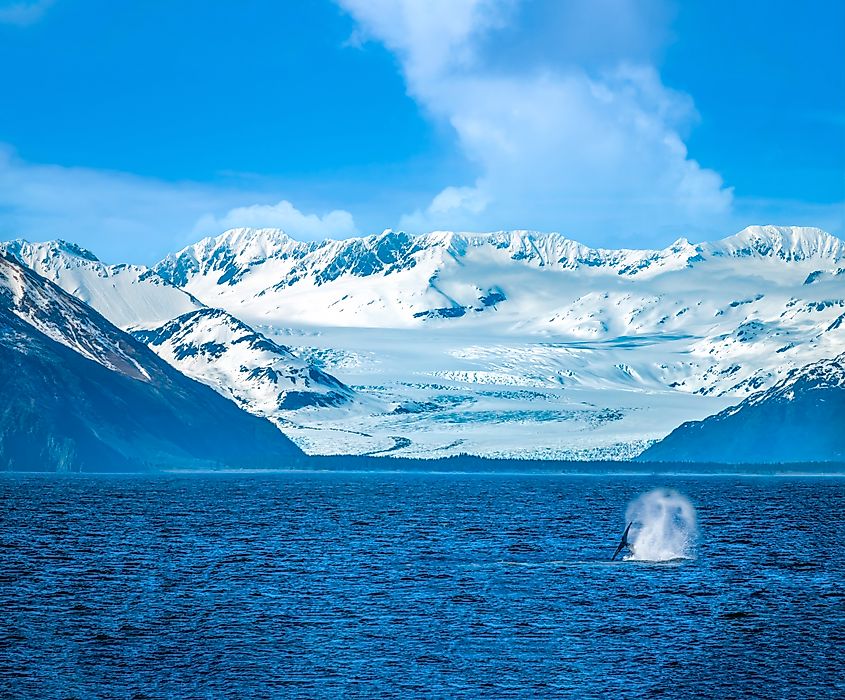
-
Size: 669,984 acres
-
Established: December 2, 1980
At the heart of the park lies the Harding Icefield, a sprawling sheet of ice that feeds at least 38 glaciers, including the park's largest, Bear Glacier. This icefield is one of the largest in the United States and covers more than half the park's land. Over millennia, the relentless movement of ice has carved deep fjords into the coastline, giving the park its name and shaping its unique geography.
Exit Glacier, the only section of the park accessible by road, offers visitors a close-up view of glacial dynamics. The 7.4-mile Harding Icefield Trail leads adventurous hikers up into alpine terrain with breathtaking views of the icefield stretching to the horizon.
From Monument to National Park
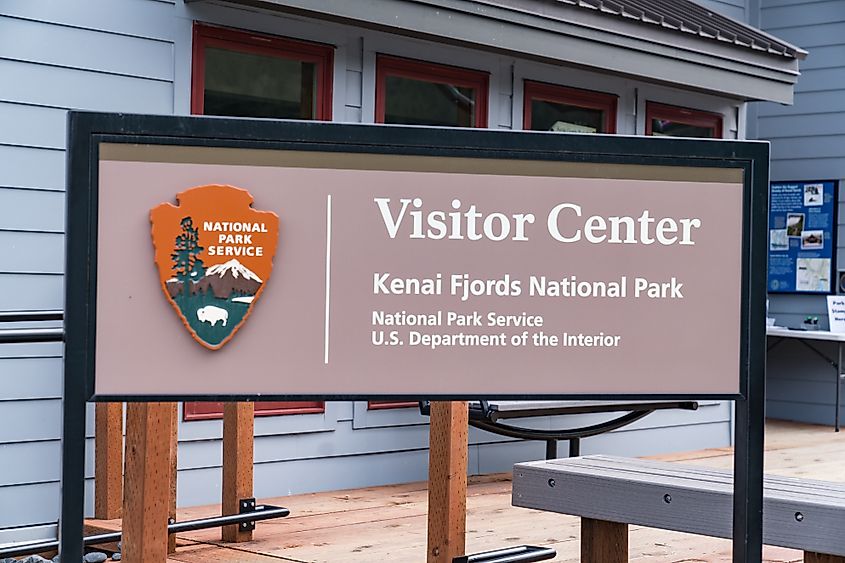
Kenai Fjords was first designated a national monument by President Jimmy Carter in 1978 under the Antiquities Act. Its final designation as a national park came with the Alaska National Interest Lands Conservation Act (ANILCA) in 1980. The legislation aimed to balance conservation with subsistence and development needs, though initially the park did not allow for Native subsistence rights. This changed over time as native corporations retained certain rights and later reestablished their subsistence claims.
Today, the park headquarters in Seward serves as the central hub for operations, education, and visitor information.
Layers of Human History
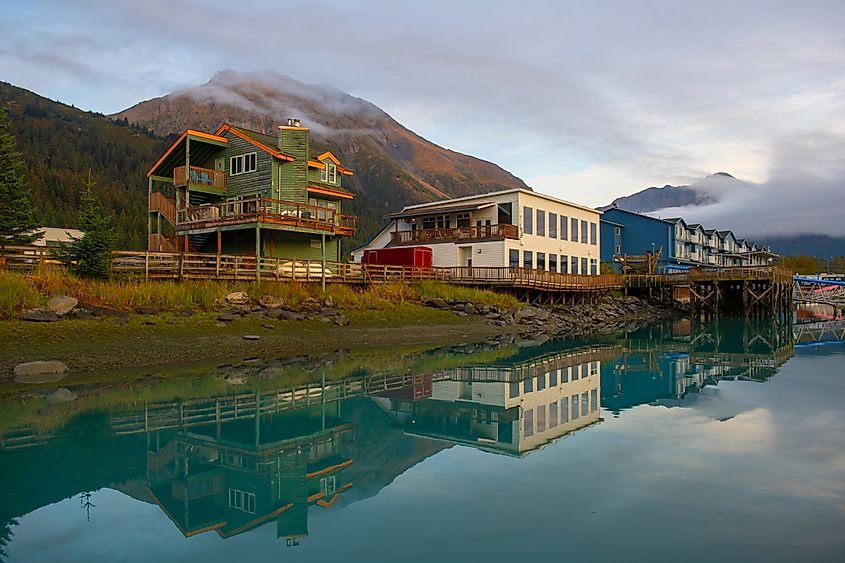
While Kenai Fjords may seem remote today, it has a long history of human occupation. Archeological evidence reveals that the area was used by Alaska Native peoples for centuries. Rising sea levels and coastal subsidence have submerged many early habitation sites, but surveys have found evidence of villages dating from 950 AD to the late 19th century.
In more recent history, gold mining brought prospectors to the area, particularly around Nuka Bay. Some of these historic mining sites have been deemed eligible for the National Register of Historic Places.
A Landscape Shaped by Tectonics
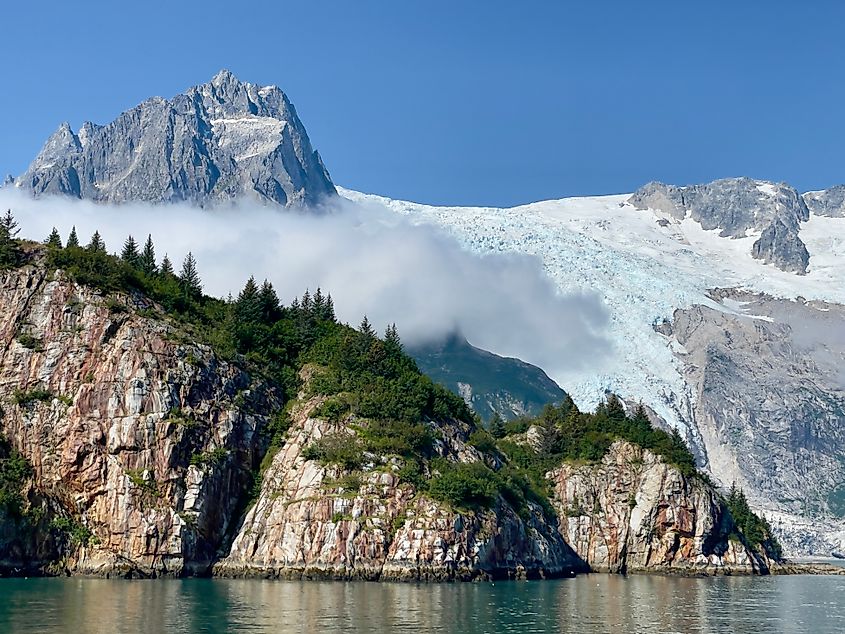
Kenai Fjords' landscape is dynamic, formed by the collision of tectonic plates. The Pacific Plate subducts beneath the North American Plate here, pushing up the Kenai Mountains and gradually pulling glacial features downward into the sea. This action, combined with glacial erosion, has created fjords that plunge as much as 1,000 feet below sea level.
The park's rugged mountains and deep fjords are composed of ancient graywacke, shale, greenstone, and volcanic rocks. This geology supports diverse ecosystems, both above and below the water.
Icefields and Glaciers in Motion
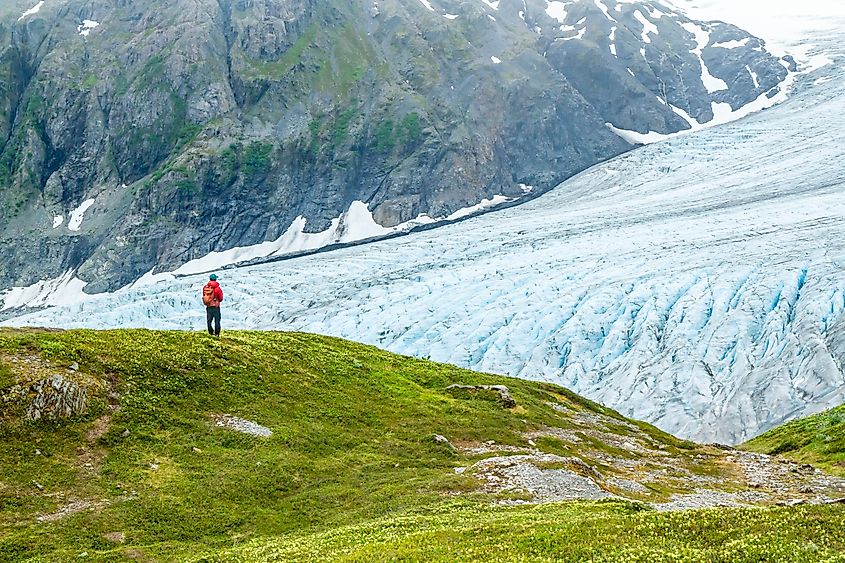
Glaciers dominate the park, covering more than 51% of its land area. The Harding Icefield receives an estimated 60 feet of snow annually. As global temperatures rise, the icefield has seen a measurable retreat. A 16-year study recorded a 3% reduction in its coverage, highlighting the impacts of climate change.
Exit Glacier, the park's most visited glacier, provides a dramatic glimpse into this ongoing transformation. Trail signs mark the glacier's former positions over the decades, showing just how rapidly it has receded.
Rich Wildlife and Ecology
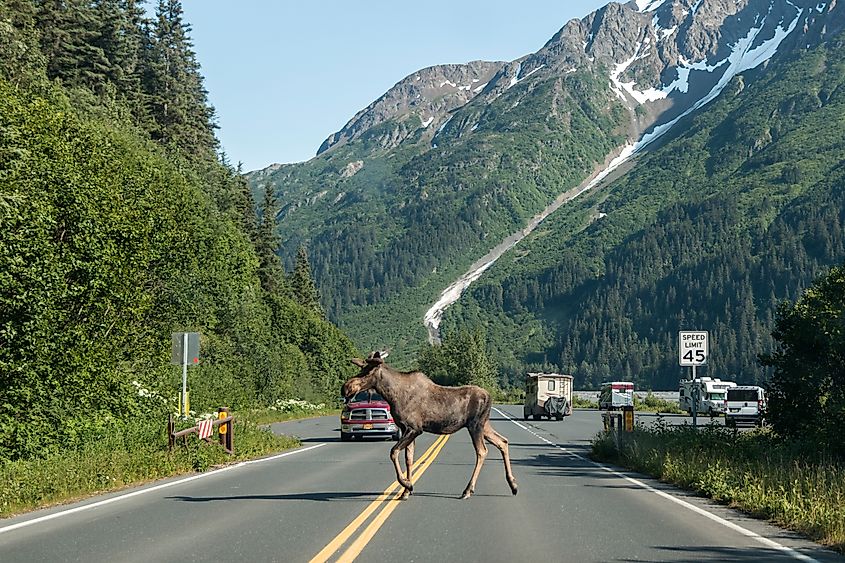
Kenai Fjords supports a wide array of wildlife, both terrestrial and marine. On land, visitors may encounter:
-
Brown and black bears
-
Mountain goats
-
Canadian lynx
-
Wolves
Marine mammals are equally impressive:
-
Humpback and orca whales
-
Harbor seals
-
Steller sea lions
-
Sea otters
-
Dall's porpoises
Birdwatchers can spot everything from bald eagles and peregrine falcons to tufted puffins and marbled murrelets.
Plant life in the park reflects the stages of ecological succession. In recently deglaciated zones, hardy pioneers like mosses, lichens, and dwarf fireweed establish a foothold. Over time, alder and willow grow, followed by cottonwood and Sitka spruce, creating rich temperate rainforests. Alpine areas above the tree line feature hardy dwarf shrubs and wildflowers that grow low to the ground, adapted to harsh winds and cold temperatures.
A Coastal and Marine Wonderland
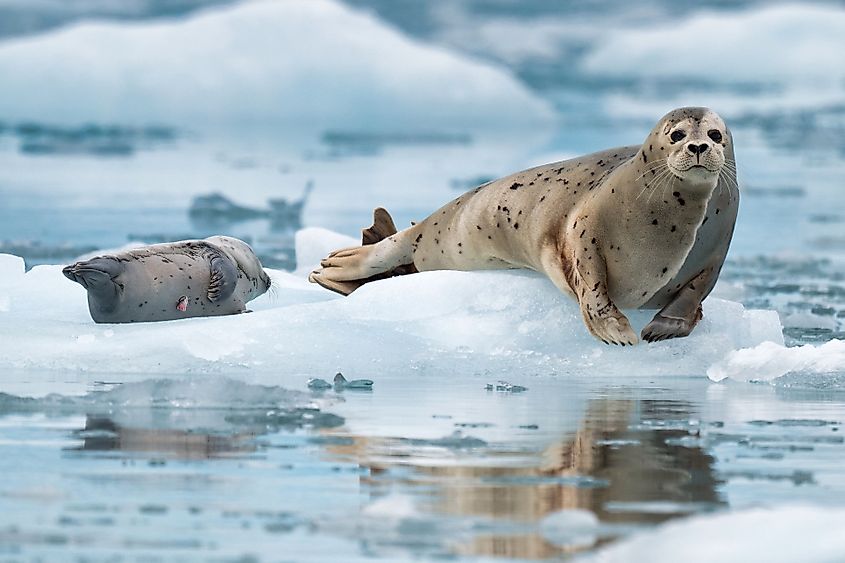
The park’s coastline is equally rich in life. The fjord estuaries, where freshwater from melting glaciers meets saltwater from the Gulf of Alaska, create nutrient-rich environments that support vibrant ecosystems. Sediment from the glaciers carries minerals that feed phytoplankton, the base of the marine food web.
The park’s fjords, including Aialik Bay, Harris Bay, McCarty Fjord, and Nuka Bay, offer sanctuary to diverse species and make for unforgettable sightseeing and wildlife-watching.
Activities and Access
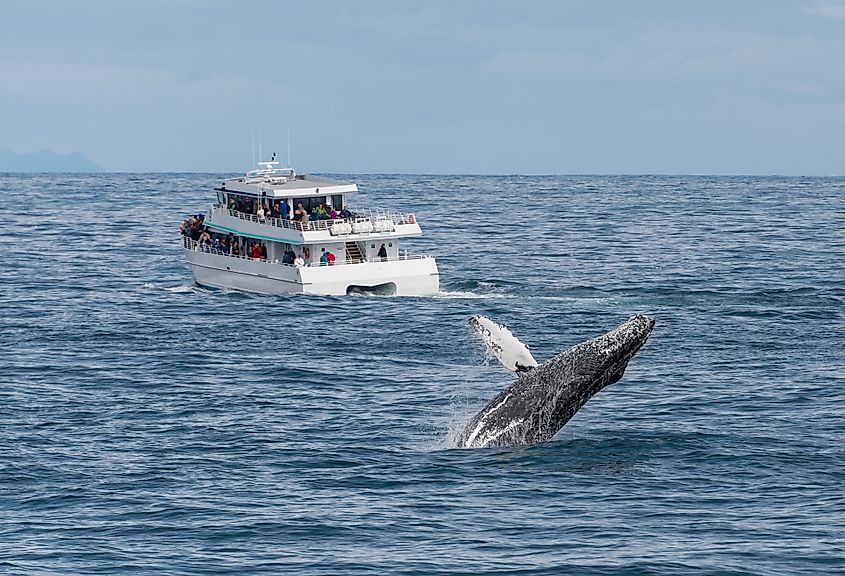
Seward, a vibrant port town, serves as the main gateway to Kenai Fjords. From here, visitors can access the park in several ways:
-
Road access to Exit Glacier and the Harding Icefield Trail
-
Boat tours that explore the fjords, tidewater glaciers, and marine life
-
Cruise ships that stop in Seward and offer day excursions into the park
-
Hiking and backpacking on maintained trails and into wilderness areas
-
Cabins and shelters available in remote coastal zones
The National Park Service works with local tour companies and the Alaska SeaLife Center to provide interpretation and educational outreach, enhancing the visitor experience.
Oil Spill and Environmental Resilience
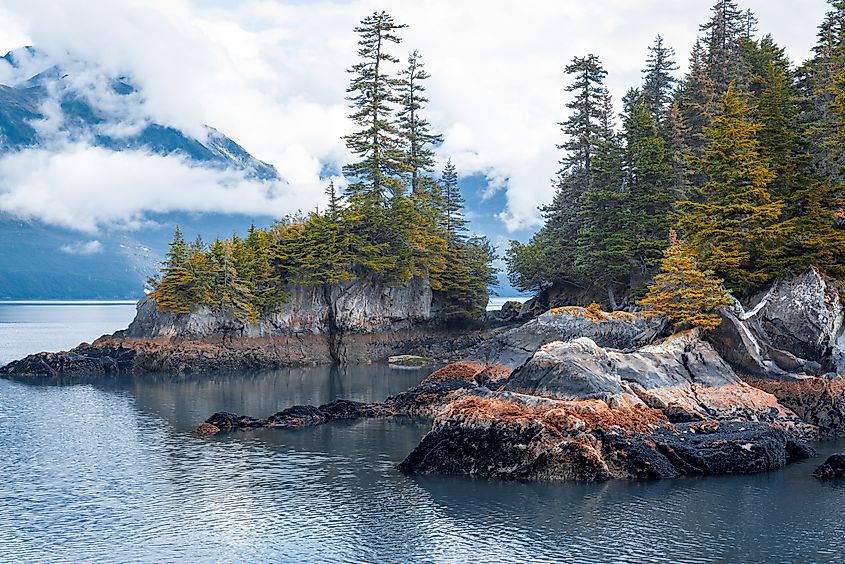
In 1989, the Exxon Valdez oil spill impacted the park's coastline. Although only about 20 miles of shoreline were affected, the response was swift. Barriers were placed across stream mouths, and long-term monitoring began. The park received part of a nearly $900 million restoration fund, used to support cleanup and research.
During the cleanup, archeological sites were uncovered, reinforcing the deep historical ties of native peoples to this landscape and highlighting the need for ongoing stewardship.
The Value of Preservation
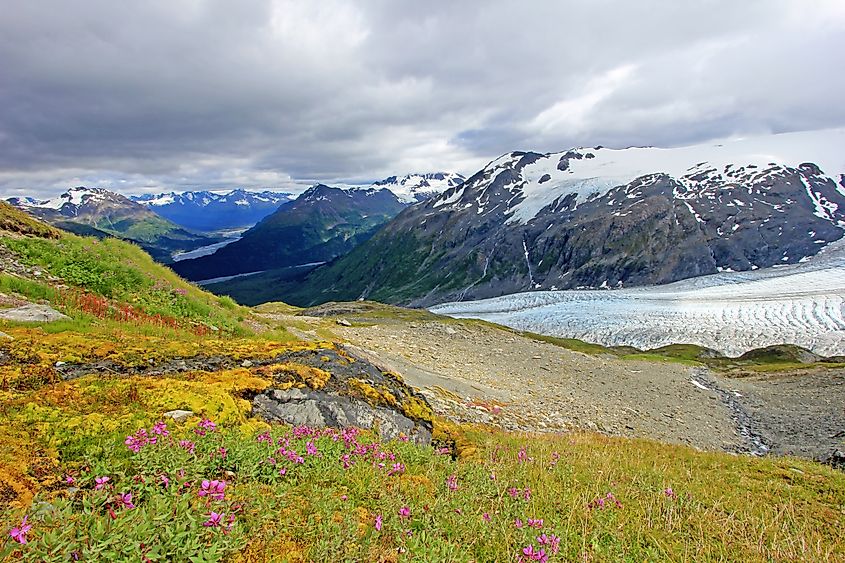
Kenai Fjords National Park is more than a stunning wilderness. It is a place where geological processes are visible in real time, where ecosystems evolve as glaciers retreat, and where people have lived for centuries in concert with the rhythms of nature.
Its relatively small size compared to other Alaskan parks makes it unusually accessible. Yet its landscapes feel vast, wild, and untamed. As one of the few national parks in Alaska reachable by road, Kenai Fjords invites visitors to experience the power of ice, the abundance of the sea, and the resilience of life in one of the world’s most breathtaking environments.
Whether hiking to the edge of an icefield, cruising through glacier-fed fjords, or watching a whale breach in Resurrection Bay, every moment in Kenai Fjords National Park is a reminder of nature’s grandeur and fragility.
